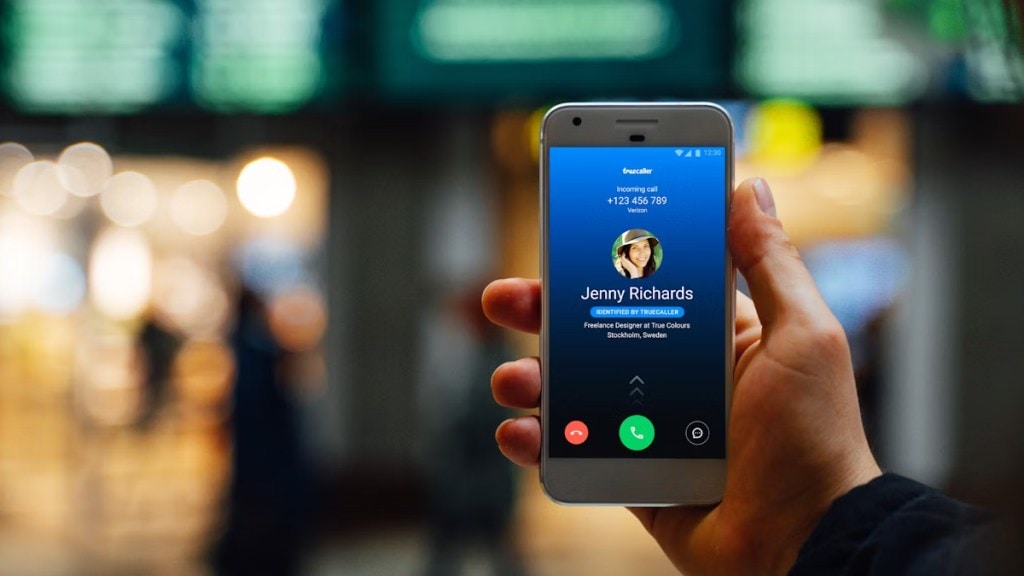The Indian government is taking the next step to counter spam and fraudulent calls with a new feature equivalent to what Truecaller has to offer. The government has initiated the pilot phase for a nationwide caller identification system, promising to bring authenticated caller names to users’ mobile screens for delivering a government-backed solution to the persistent problem of spam and fraudulent calls.
The Department of Telecom (DoT) is pushing for a pan-India rollout of the Calling Name Presentation (CNAP) feature, with full-scale implementation expected by March 31, 2026.
Unlike existing third-party apps and services like Truecaller, CNAP will use the original name provided during the Know Your Customer (KYC) verification process for the SIM card connection. This connection to official identity documents is intended to ensure authenticity, significantly reducing the chances of false or misleading caller information – an issue with Truecaller where caller ID names are editable.
The CNAP could ultimately lead to limiting digital arrest scams and financial fraud.
Calling Name Presentation (CNAP): All details you need to know
Telecom operators have already begun trials for the new system. Vodafone Idea is reportedly running the CNAP pilot in Haryana, while Jio is set to start its pilot in the same state, covering calls originating from across the country. The DoT is ensuring rapid implementation, aiming to make the service available at the earliest possible date.
Initially, the CNAP feature is expected to be launched for users on modern 4G and 5G networks. However, approximately 200 million users on older 2G networks will be exempt from this service, eventually urging people to upgrade their connections and devices to avail the new anti-spam measure.
Smartphone manufacturers are also expected to be given a deadline to integrate the new CNAP functionality into their devices, ensuring compatibility with the national-level deployment.
Meanwhile, the Telecom Regulatory Authority of India (TRAI) sides with the DoT that CNAP should be enabled by default for all subscribers receiving a call. However, the DoT also suggests that users should get an option to disable it if they choose not to utilise it.








